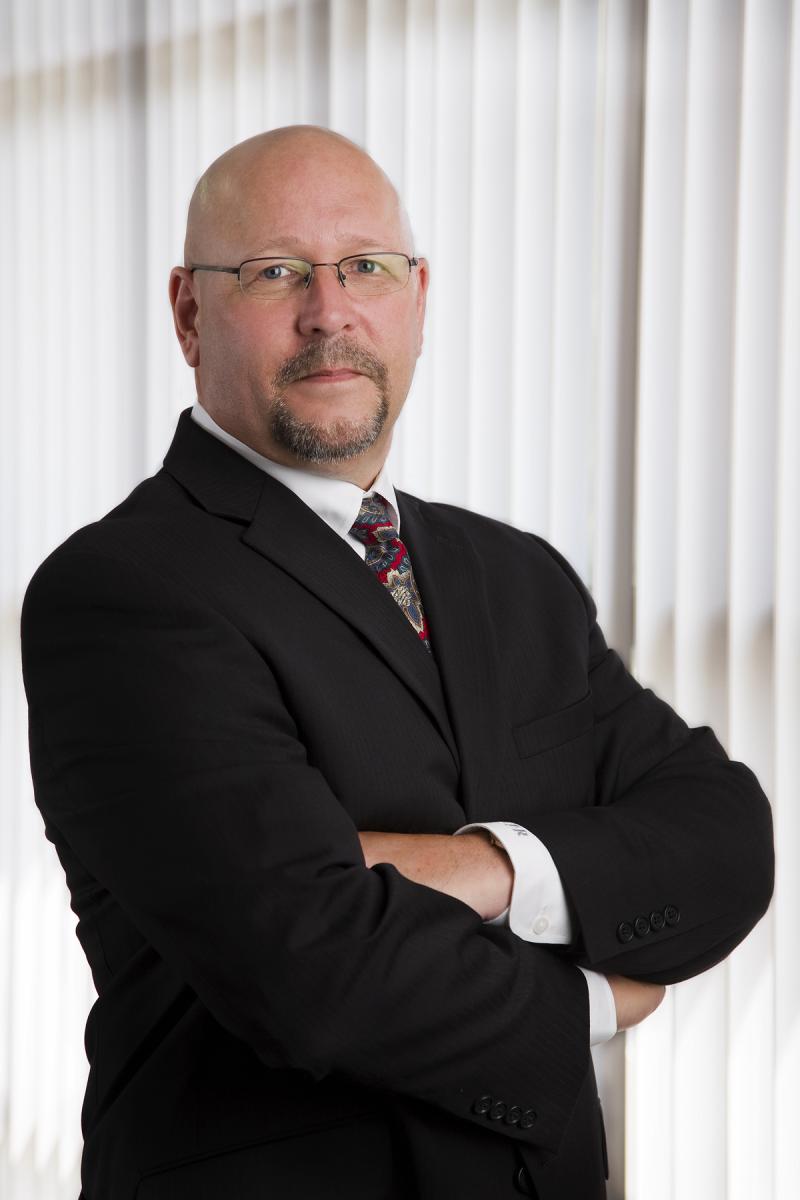BÜHLER AEROGLIDE serves customers in Southeast Asia from its Bühler (Thailand) Ltd. facility, and is present in Malaysia, Vietnam, Taiwan, Australia, the Philippines and Indonesia. From Thailand, the company offers comprehensive drying technology solutions and systems for the food industry, complemented by an entire range of products and services within Bühler Group, customised to local market requirements. These markets as with others around the globe are interested in new developments in food safety.
Steve Blackowiak, director of Food Safety, Research and Development at Bühler Aeroglide is working with a team of food safety experts at the company to help customers reach the highest hygienic levels required for their specific needs.

Steve Blackowiak, director of Food Safety, Research and Development, Bühler Aeroglide
On setting hygienic standards
We have a moral responsibility to food production as an equipment manufacturer. We are defining not only what hygienic equipment standards look like, but what the entire food industry will look like in the next five to ten years, and we’re working closely with industry organisations to create key standards.
Staying connected to the food safety community is very important to us. Keeping a finger on the pulse of industry trends ensures we are moving in the right direction. We’ve taken a very active role in shaping guidelines, and we’re now being recognised among thought leaders.
What is “hygienically designed”?
Hygienically-designed equipment is carefully engineered and manufactured to help prevent illness or death. There are many guidelines that help determine the details of equipment supply in terms of hygiene. Understanding cleaning methods, hygienic zoning of a plant, the equipment to be installed, as well as the transfer of product directly to packaging or to another process, help to determine the details of hygienic supply.
Why are machine standards needed?
Hygienic standards allow us to compete with our competitors on the same playing field. They provide definition to the supply, and all suppliers are then proposing the same equipment. Our customers are also able to set expectations with these guidelines which become an excellent way to communicate the details of supply and expectation.
Once you understand the basics, hygienic design is straightforward. Applying the correct level of hygiene to a specific piece of equipment is critically important.
Food equipment consensus not only benefits manufacturers, it serves as a communication tool to articulate food manufacturing needs as well as providing objective parameters for open-ended regulatory conversation.
What organisations are you working with?
I’ve been fortunate to work with organisations such as the Packaging Machinery Manufacture Institute’s (PMMI) Alliance for Innovation & Operational Excellence.
This solutions group is developing non-proprietary solutions to common production operations challenges. Comprised of more than 100 CPG companies and over 30 OEMs, we’ve been working to identify the most pressing needs, with particular consideration to manufacturing, sustainability, product safety, total cost of ownership, workforce development, packaging management and operational liability.
Together, we’ve produced the One Voice for Hygienic Equipment Design for Low-Moisture Foods, guidelines that are helping everyone get on the same page. I’ve encouraged everyone to adopt them, participating in “ask the expert” webinars so that we can acknowledge these as standards.
I’ve also been working with the American National Standards Institute (ANSI) to provide informative guidance on how to use the risk assessment process for hygienic zoning and design. We’ve already gained approval to revise an existing standard (ANSI PMMI B155.1-2016) to include hygienic design and process equipment.
This was an important accomplishment. ANSI fosters the development of accredited technology standards in the US and coordinates these with international standards so that characteristics and performance of products are consistently recognised worldwide.
What does the future hold?
Food safety leaders have taken notice of our work. Now, we are working with 3-A Sanitary Standards, Inc. (3-A SSI), a best in class knowledge centre for hygienic design standards in the dairy industry.
You might wonder why we would forge a partnership with the leader of hygienic equipment certifications for dairy. I certainly did – when asked to serve on the education and communications committee – until I learned 3-A is working to extend its focus outside of the dairy industry, to be the foremost resource for all hygienic equipment standards, focusing on the food, beverage and pharmaceutical industries.
The chairman of 3-A’s education and communications recognises the European Hygienic Engineering and Design Group (EHEDG) and is looking for other synergies and overlap that can get everyone working together towards a common goal.
The chairman said the committee lacked OEM’s and experts outside of the dairy industry. He thought I could be a contributor to the team. I was honoured to be invited to join a global effort that can take food safety to a new level.
What do you most want to see?
I want to see equipment requirements reach new heights in food safety with clear global standards for equipment design.
I’m also excited to see 3-A SSI reaching outside of the dairy industry. For the very first time, at a recent conference in Minneapolis, Minnesota, I heard experts talking about food safety in low moisture foods, and this was certainly a non-dairy topic. I believe this will be the groundwork for a global standard. To be involved, with even a small contribution, is very exciting to me.
You might also be interested in:
Bühler Aeroglide unveils AeroPro Moisture Control
Sweet potato drying and nutrition insights for high volume production
adidas














